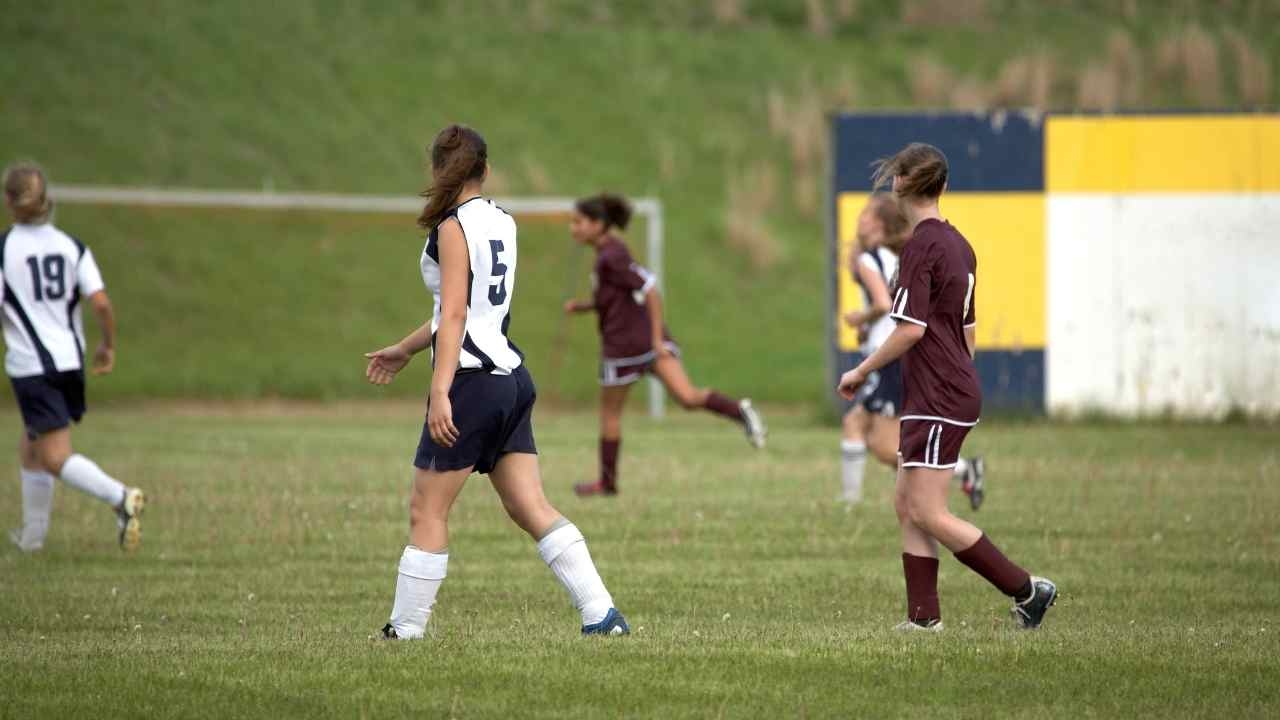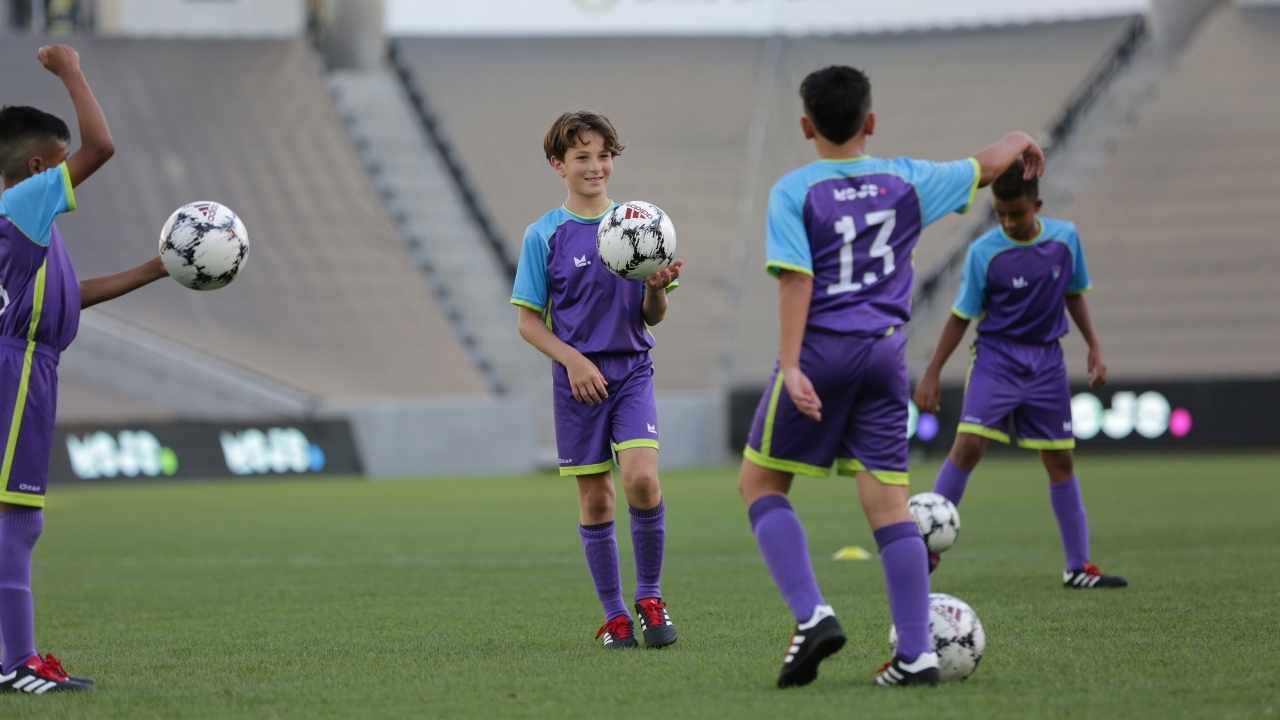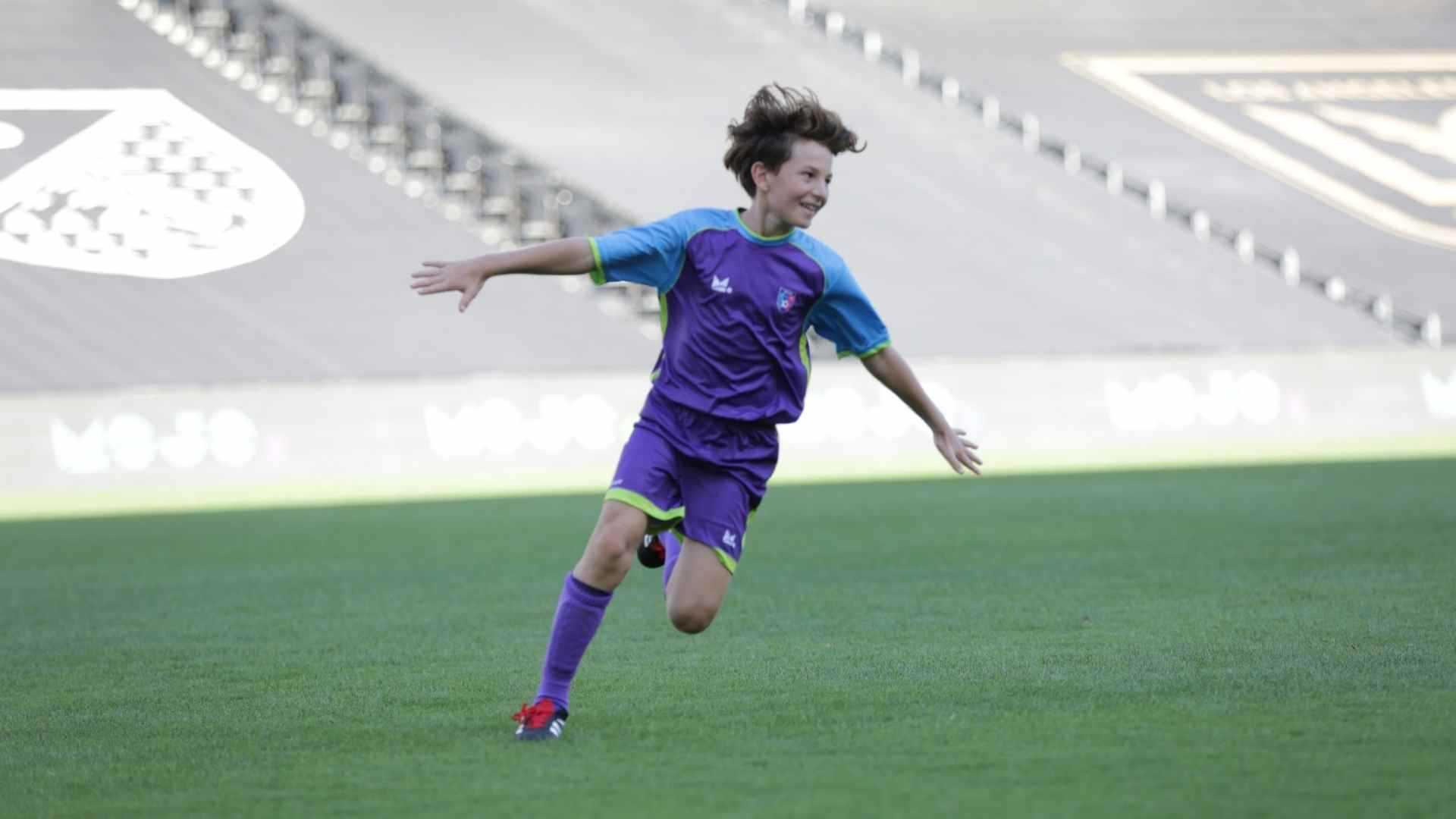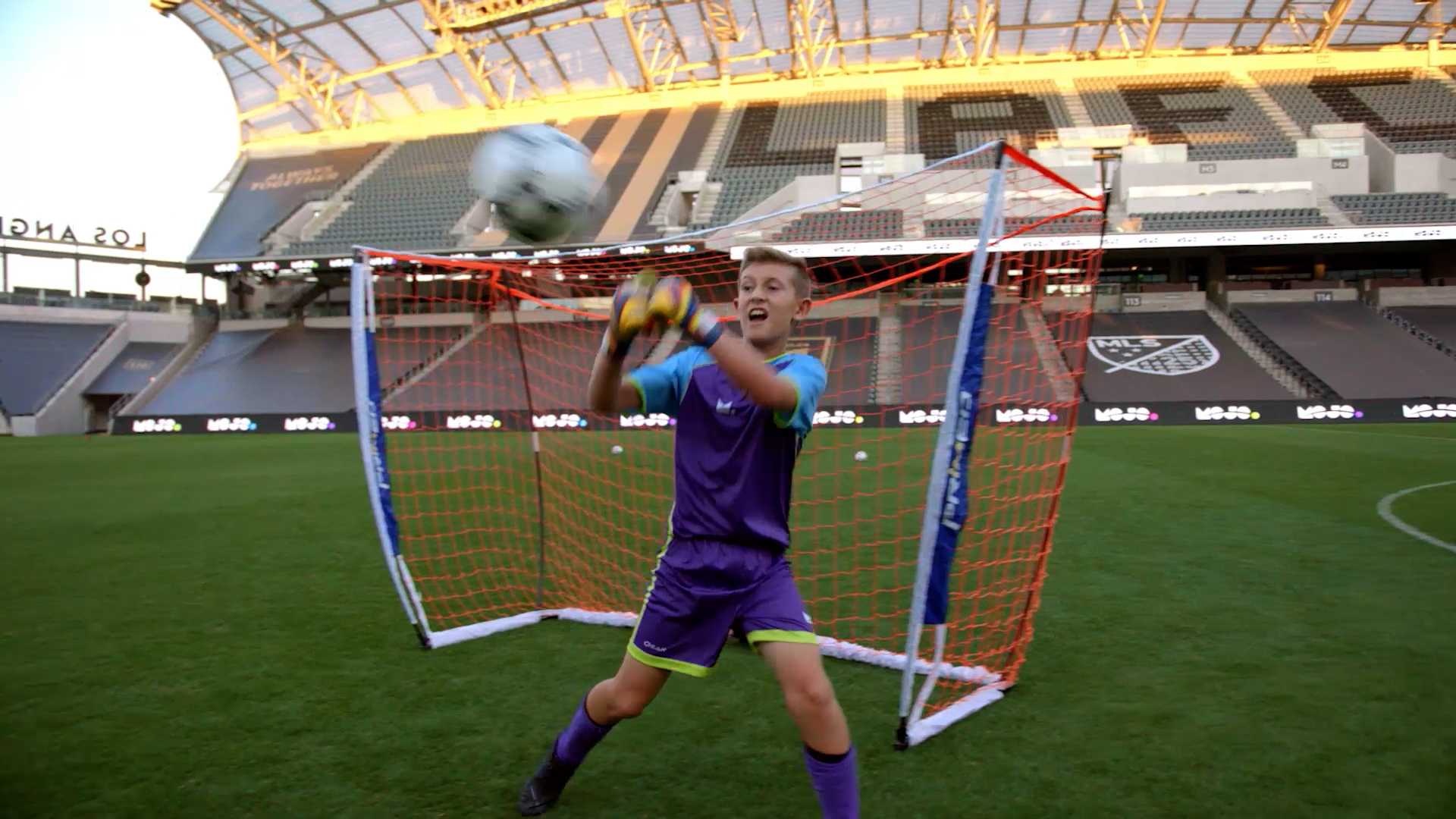What Is ‘Scanning’?
The overlooked skill that builds the foundation of brilliant soccer players
Brandon Hall
| 5 min read

Canva
“Pictures! Pictures!”
That was what Frank Lampard, three-time Chelsea Player of the Year, grew up hearing his father shout from the sidelines. His dad, also Frank Lampard, appeared in 551 games for West Ham United, so this was not your usual parent bellowing misinformed nonsense from the bleachers.
As he explained to Training Ground Guru in a wonderful piece on the topic, the elder Lampard was encouraging his son to take frequent mental “pictures” of his surroundings so he could act decisively once he received the ball.
“I knew it was very important, from my own playing career,” Lampard told Training Ground Guru. “I was probably annoying him, but I knew it was important.
“All the best players do this naturally. Or should I say it looks natural, because it will have been drummed into them from a young age… It’s crucial, because the higher you go, the less time you have on the ball. You need to gather all of the information you can before receiving the ball, so you can make quick decisions once you have it.”
With his father’s help, Lampard became a wizard-like playmaker who constantly had his head on a swivel:
Arsène Wenger, legendary former manager of Arsenal, calls this regular checking of one’s surroundings “scanning.”
“I have lost many top players because their head was on the ball and they were not seeing what was around them. Great players isolate from the ball, their head is like a radar,” Wenger said at the Paris Sport Innovation Summit. “The problem in football is that you learn how to play [the wrong] way round — first execution, then decision making and perception last… Once a circuit is printed in their brain, we managers find it extremely difficult to change that.”
Dr. Geir Jordet, a professor with the Norwegian School of Sport Sciences, is the leading researcher on the topic. In one study, he examined the “visual exploratory behaviors,” which he defines as “body and head movements initiated to better see their surroundings,” of 118 different English Premier League midfielders and forwards across 64 unique games. Jordet was particularly interested in these movements during the 10-second period before a player received a pass, and only if those passes had advanced the ball upfield. He then grouped players into three categories:
- Little Exploration: players who performed 0-.20 visual explorations per second during these periods
- Some Exploration: players who performed .21-.40 visual explorations per second during these periods
- Much Exploration: players who performed .41-1.80 visual explorations per second during these periods)
He found that players in the highest visual exploration group completed 17% more of their total passes — and 33% more of their forward passes in the opposition’s half — than players in the lowest visual exploration group. Of the 118 included players, Lampard and Steven Gerrard averaged the most searches per second before receiving the ball, with .62 and .61, respectively. Xavi, while not included in this particularly study, was found to average an absurd .83 searchers per second. That comes out to 8.3 “scans” during the 10 seconds before he receives a pass.
“Think quickly, look for spaces. That’s what I do: look for spaces. All day. I’m always looking. All day, all day,” Xavi told The Guardian in 2011. “Here? No. There? No. People who haven’t played don’t always realize how hard that is. Space, space, space. It’s like being on the PlayStation. I think ’S—, the defender’s here, play it there.’ I see the space and pass. That’s what I do.”
Obviously, simply swiveling your head around like you’re following a ping-pong match won’t translate to improved decision-making if you’re not using that perceptual information to inform your next decision. But frequently examining where teammates, opponents and boundaries are in relation to yourself — and using that information wisely — certainly seems to be an edge utilized by many elite players. Here’s Cesc Fàbregas providing another example:
“What is interesting is that very good players scan six to eight times in the 10 seconds before getting the ball and normal ones three to four times. That is a major step for improvement… However, more important — you have to analyze the quality of perception and decision making. My challenge is to get my players to know which the best choice is and make the optimal decision every time they get the ball,” Wenger says. “The player has to scan and decide. When he has decided he has to make the best possible solution. This means a compromise between risk and the progress of the ball.”
Experts like Wenger and Jordet emphasize that the earlier a player develops this skill, the better. How might a youth coach go about doing this? Keith Whitmer, a USSF A Licensed Coach and head coach for the DMCV Sharks club team, likes to remind players to “check (their) shoulder.” This helps them get their eyes off the ball and onto a huge swath of field which includes areas in front of, next to and behind them.
“A cue like ‘check your shoulder’ actually encourages the player to make a choice by revealing to them the options they have at their disposal. It will encourage the player to make a choice, and often, this choice will come from the skillset a player has. Some may pass, some may dribble, but they will have made a choice. And they can learn from that,” Whitmer writes.
Or, as Lampard’s dad liked to say, “Pictures!”




